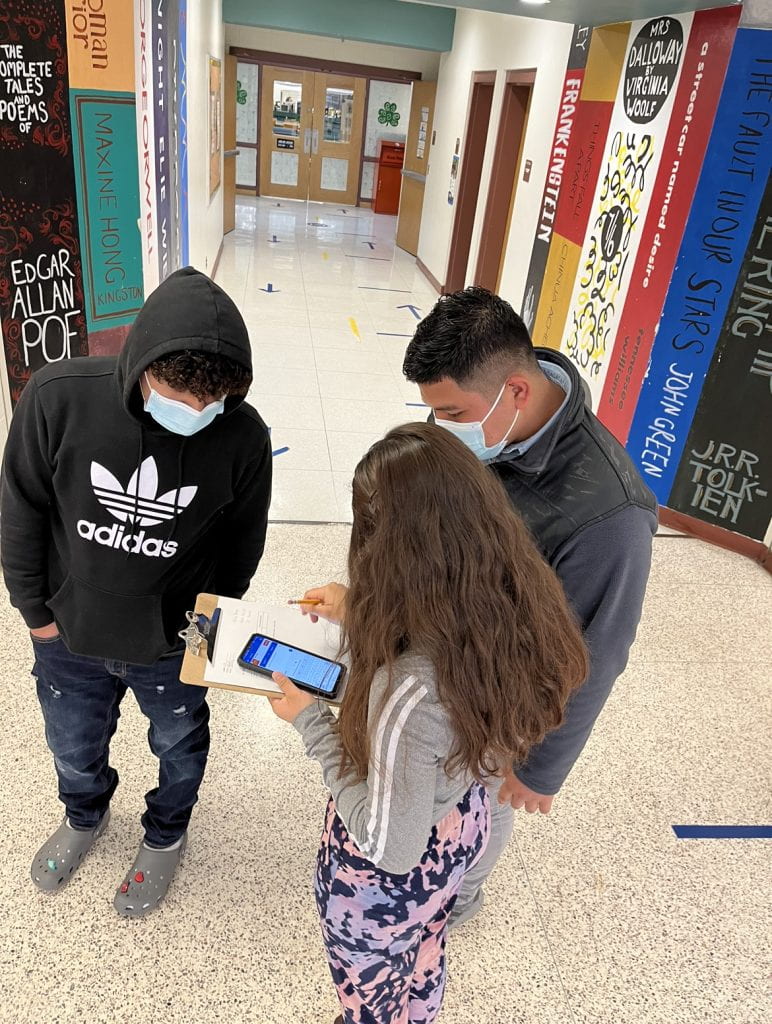How do I incorporate coding into my lessons? Is it a replacement? Is it an extension? It can be both- the field of computer science supports integration. Let’s look at this practically. Let’s look at lesson design.
We can take a lesson from the field of computer science with the lesson sequencing approach from unplugged to plugged.
An unplugged activity is just that– unplugged from a digital device. It is a real world application or problem that introduces and practices the concept later to be used in coding.

An unplugged activity is often what we would think of as a traditional EL language activity. For example, write directions to a place in the school or community. “Turn left,” “Move forward,” “Pass the library.”
A plugged activity is the digital application or problem to be solved in coding.

For example, code a digital sequence that moves your sprite from one location to another. Also, “Move forward,” “Turn left,” etc.
Sound familiar? Maria Montessori talked about a similar instructional sequence for math. “Concrete -> Representational -> Abstract.” She’d have her students manipulate physical items before expecting them to write representations and then work equations.
See this in action!
Unplugged– Write directions to a place in school. In groups of 3, my students had to write specific directions to a place in the school. Their instructions would tell them where they needed to end up and some told them where they could NOT go. For example, “Start at room 207. Go to the clinic. Do NOT pass the library.” They had to write out each physical step. “Move forward.” “Move forward.” etc. Then when complete, they exchanged directions with another group and had to follow them. Upon arrival, they had to take a group selfie in the location. Successful algorithms, directions, would lead the group there, and ones that needed work would, well, need work.
Plugged– Write directions (code) for your robot to reach the finish line. Students select and sequence the appropriate blocks to help their robot reach its destination.
Their unplugged experience gave them vocabulary exposure, problem solving practice, and interaction to be confident as they approached coding! And, it was super fun! Great job guys!





